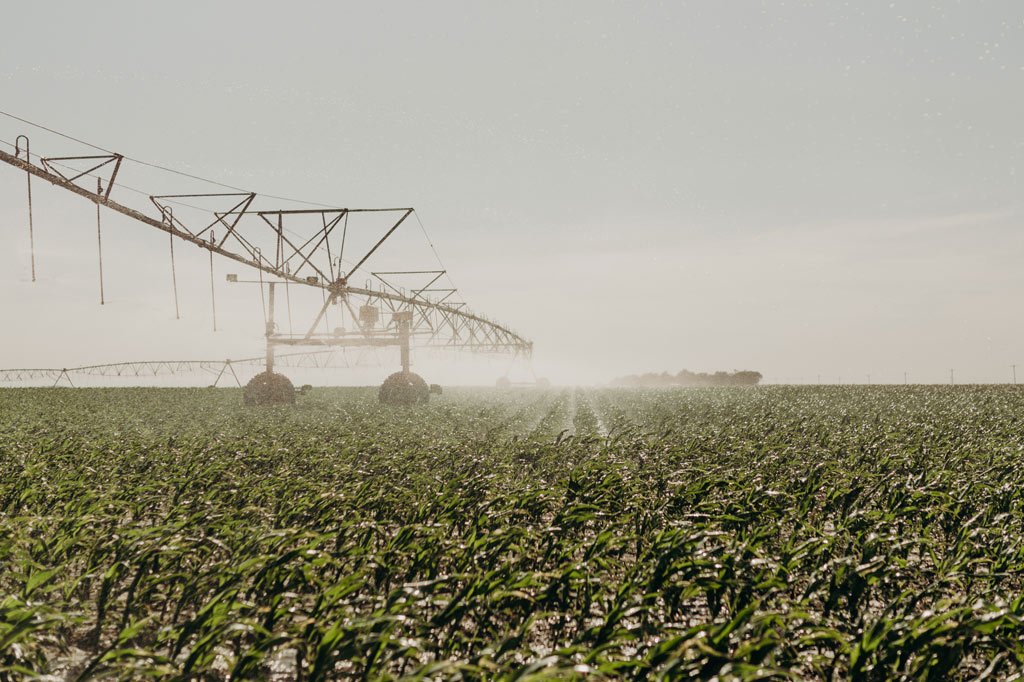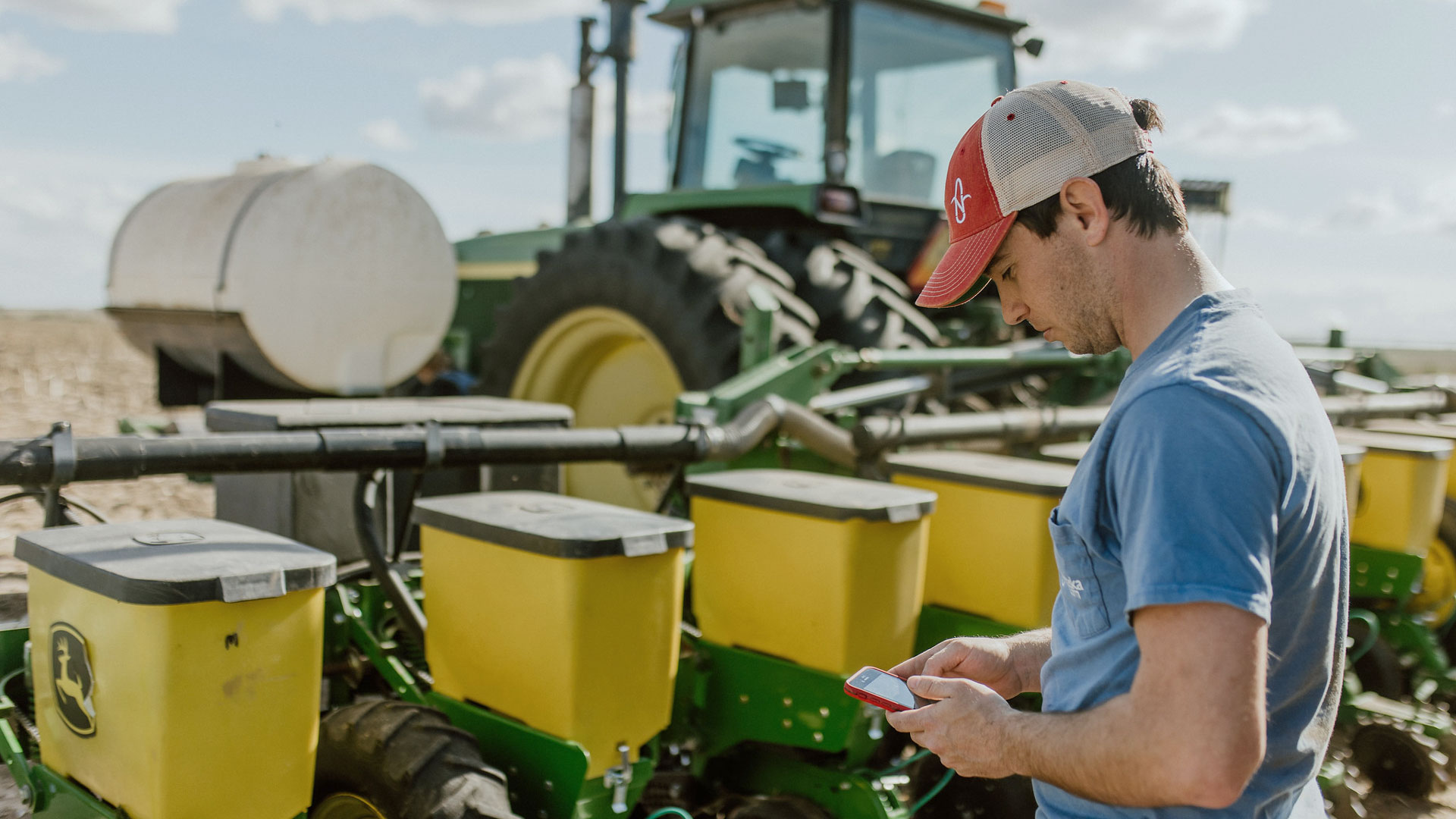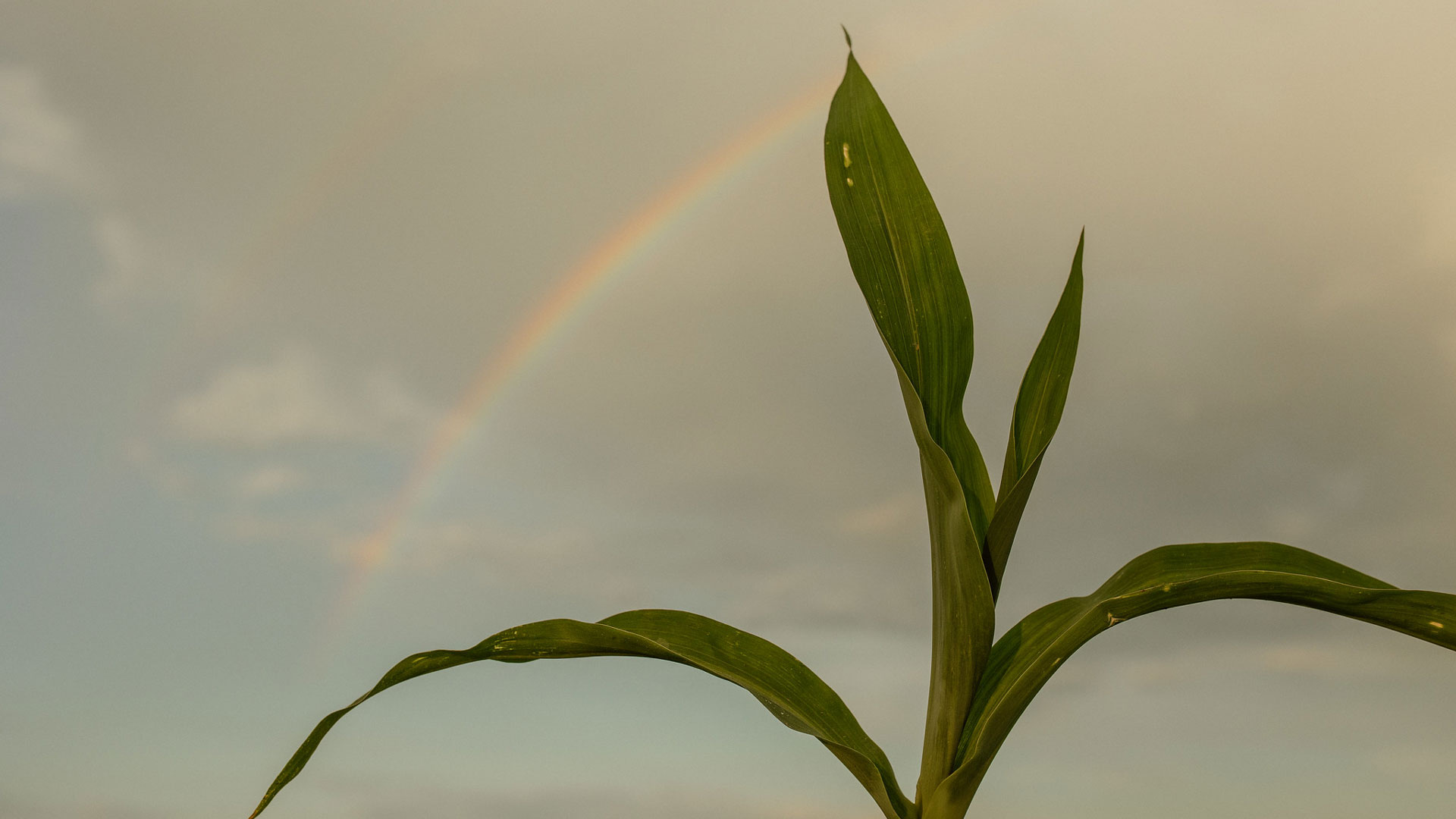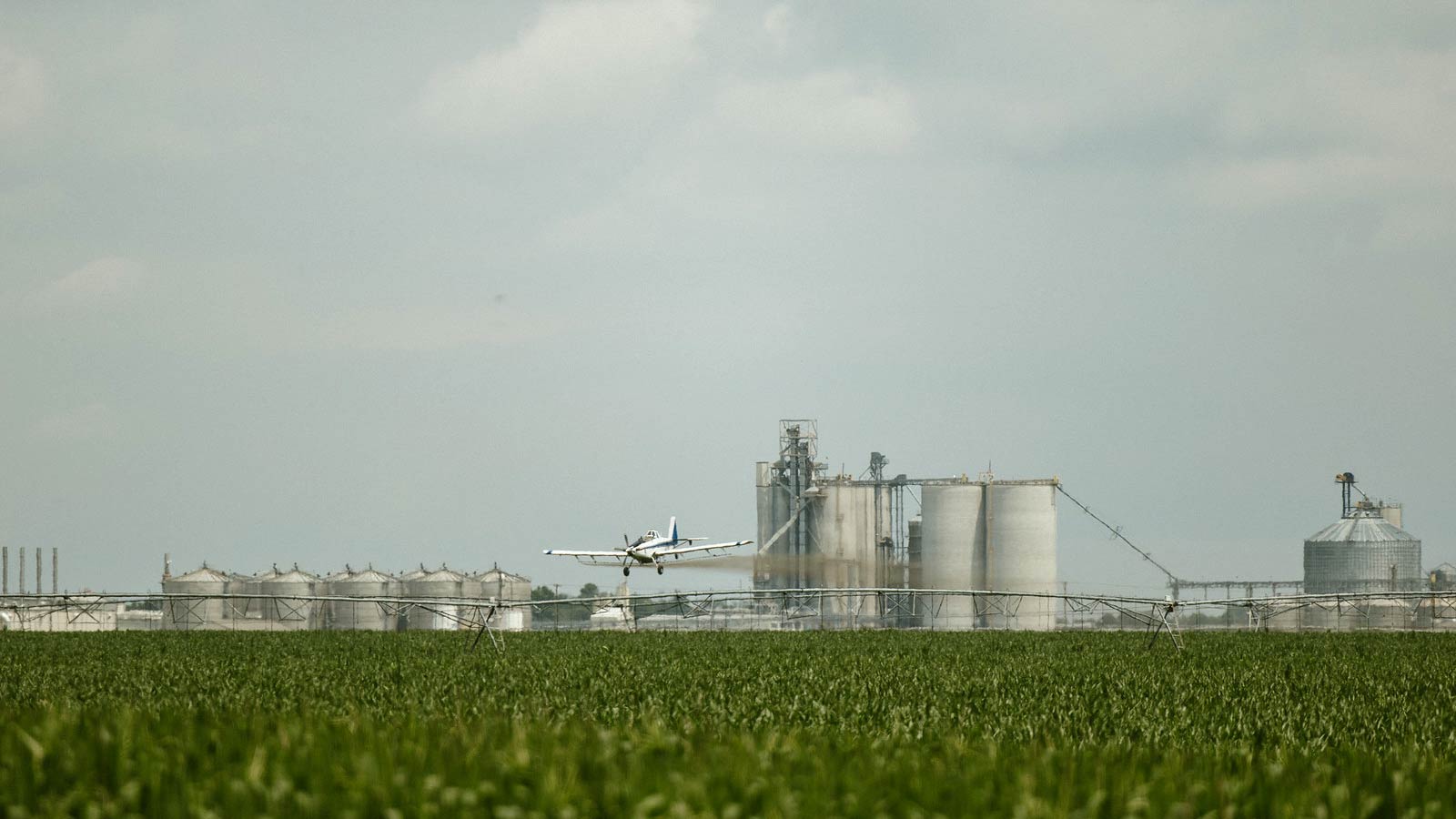Worrying about the weather and scanning the skies for any possible sign of rain consumes the days—and sometimes, nights—of many farmers across the country.
Corn and other crops need water to grow. In many areas, precipitation is the source of water for crops—so farmers are completely at the mercy of Mother Nature when it comes to the health of their crops.
By employing irrigation, Nebraska’s corn farmers who live in dry climates ensure their corn receives adequate water throughout the growing season, maximizing production and mitigating the impacts of dry conditions. Ultimately, the choice to irrigate is a strategic one, aimed at balancing water resources and the cost of getting that water with the goal of achieving optimal crop yield and quality.
Why Do Farmers Irrigate Corn?
Corn is an adaptable plant that grows in many countries around the globe. However, in some parts of the world the climate is so dry that corn needs supplemental water to thrive and produce high yields. This is the case in some areas of Nebraska, where farmers use irrigation to make sure corn gets the water it needs.
There are two main growing methods for corn in Nebraska, dry land and irrigated:
- Dry land corn: Dry land corn is corn that is grown without the use of irrigation. This means that the crop relies solely on rainfall and soil moisture for its water needs.
- Irrigated corn: Corn that receives supplemental water in addition to whatever precipitation falls from the sky is called irrigated corn. One thing to note is that irrigation is only turned on when necessary and when the crops need more moisture than the weather has provided.
In dry climates, farmers irrigate their crops to provide better and consistent yields during harvest. Irrigation is important to agriculture, because it allows farmers to grow more corn and other crops in areas where crops normally wouldn’t have a high yield. This is critical to meeting the needs of the world’s food supply, and, in the case of corn, the globals fuel supply through the manufacturing of the corn byproduct ethanol.
How Much Does Irrigated Corn Yield Per Acre in Nebraska?
By irrigating crops, farmers get better yields. In Nebraska, irrigated corn average of 200 bushels per acre compared to the 147 bushels per acre averaged by non-irrigated corn, according to the University of Nebraska.
Irrigated corn produces higher yields than non-irrigated corn due to the ready supply of water, which corn needs to grow strong and healthy. Without water, corn can suffer due to long stretches without precipitation or drought.
How Much Corn is Irrigated in the U.S.?
Corn is just one of the many irrigated crops grown in the United States. Nationwide, roughly 12 million acres of corn is irrigated in the United States. In Nebraska, more than five million acres—an estimated 74 percent of all corn in the state—is irrigated. Nebraska is also proud to be the number one irrigated state in the nation.
Farmers in Nebraska use different growing methods to grow corn—more dry land corn is grown in the east while there’s more irrigated corn to the central and west—because some areas of the state receive substantially more rain than the other areas.
The average annual precipitation is highest in southeast Nebraska, which receives roughly 32 inches of precipitation per year, but that drops by 10 inches just halfway across the state. It’s even less in the western third of the state, which receives average annual rainfall of 16-18 inches.
The areas with the highest concentration of irrigation in Nebraska are in the center of the state—Custer, Lincoln, Buffalo and Dawson counties—as well as Holt and Antelope counties in the northeast. These are areas with good soil for growing corn and other crops, but that receive less water that is necessary for optimal growth.
What Type of Irrigation is Used for Corn?
The most common type of irrigation used for corn in Nebraska is the center pivot system, which is a type of sprinkler system used by about 70% of the farmers who irrigate their corn. If you’ve ever seen a long elevated pipe spanning a cornfield with water spraying down, like a rainfall, on the corn, you’re more than likely looking at a center pivot system.
A center pivot system is a long, moveable system that rotates an elevated water pipe around a center pivot. The pipe is held several feet above the top of the corn plants by a series of braces and rods. The rods are attached to wheels, which allow the pipe to swing in an arc around the pivot point and spray water on different sections of crops. Water is discharged from the pipe onto the corn by a series of sprinkler heads that hang down from the pipe every few feet. Many center pivot systems also have something called an end gun, which is a powerful water gun that shoots water out from the far end of the pipe onto crops beyond the reach of the other sprinklers.
Center pivot irrigation is a type of pressure irrigation, a category that also includes sprinkler systems and is the most common type of irrigation used in the United States.
Another 30% of farmers use the furrow irrigation system, which is where long furrows are dug between the rows of corn. Sometimes called surface irrigation or flood irrigation, the furrow irrigation system involves water being pumped into the furrows so that it is available to be soaked up by the corn’s roots. It is a one of the most common types of crop irrigation used in the world.
Where Does Irrigation Water in Nebraska Come From?
The majority of water used to irrigate corn and other crops in Nebraska is groundwater, specifically the Ogallala Aquifer. This is massive trove of groundwater is part of the High Plains Aquifer, which spans an estimate 174,000 square miles across eight states—is part of the large High Plains Aquifer System.
An estimated 40% of the groundwater used for agriculture irrigation in the United States comes from the Ogallala Aquifer.
In addition to groundwater, some farmers in Nebraska irrigate corn with water captured from rivers, most notably the North Platte River. This is called “surface water.”





